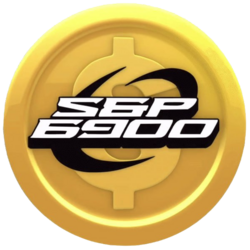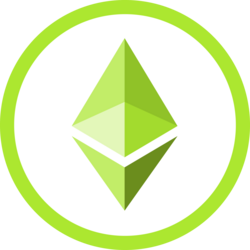After nearly a decade of development, Nanoleaf’s smart switch is finally here. You can pre-order the $30 Sense Plus Smart Wireless “Anywhere” Switch now, and it should ship in October. But to get to this point, Nanoleaf had to pivot from its adoption of Thread and create a new, proprietary protocol called Litewave.
The battery-powered device brings physical control to Nanoleaf’s smart lighting system, allowing you to press a button to turn the lights on or off, dim or brighten, or change color. Plus, built-in motion and light sensors let Sense adjust your lighting based on room conditions.
“We need to make sure our products work reliably without relying too much on platforms,” Gimmy Chu
Sense, a version first announced in 2020 and again in 2023, has long been anticipated by fans of the company’s RGB lighting line. The wireless smart switch allows you to control all the lights in one room or multiple rooms without using your voice or pulling out your phone. It’s similar in concept to Philips Hue’s wireless dimmer switch or Lutron Caseta’s Pico remote, and can also be mounted on a wall plate like a traditional light switch or used as a portable remote.
However, in addition to standard lighting controls, Sense features two configurable buttons that can be programmed in Nanoleaf’s app or set up to work with Apple Home and Samsung SmartThings through Matter.
This allows you to create automations with other devices to have, for example, a “Movie Time” scene that closes the shades, dims the lights, and adjusts the thermostat at the touch of a button. But, since not all Matter platforms support smart buttons yet, Sense’s Matter integration is currently in the early access program.
Sense uses two protocols simultaneously to connect to Nanoleaf lights. Matter over Thread and Litewave, a technology developed specifically by the company for this product. A proprietary local protocol that works on the same 802.15.4 radio as Bluetooth/Thread, Litewave allows the switch to communicate with all Nanoleaf lights, whether they use Thread, Bluetooth, or Wi-Fi.
1/2
According to Nanoleaf co-founder and CEO Gimmy Chu, finding the right technology to create a reliable wireless switch experience took eight years. “We need a low-power networking solution, like Thread, and we also need a common communication protocol – like Matter,” he said. However, while the company was a big proponent and early adopter of Thread, it struggled with its implementation of Matter over Thread. This led to the development of a proprietary protocol to ensure that its new smart switch will work reliably with all of its smart lights.
In an interview with The VergeChu attributes some of these struggles to the complexity of Matter and its multiple platforms. “We have no control over the Matter controller, which is responsible for making sure things like pairing work correctly and the Thread network is maintained correctly,” he said. “We need to make sure that our products will work reliably with less reliance on platforms.”
Chu says Litewave provides a stable and reliable local connection that enables instant control — as fast as flipping a light switch. “With this, we can simultaneously be part of the Matter over Thread mesh network and also support our communication,” he said. Litewave also does not require a Thread border router or Matter controller to operate, making setup simpler for users. You only need those additional devices if you choose to enable Matter.
With Litewave, Sense instantly controls multiple Nanoleaf lights without the “popcorn” effect (where the lights turn on one after the other). Chu showed me this in action in our video interview: a dozen downlights turned on and off instantly as he pressed the button. “We tested it on over 100 devices in 10,000 square feet, and all were instant with almost 100 percent reliability,” he said.
In another shift from relying solely on Thread, Nanoleaf is releasing its first Matter in Wi-Fi light bulb — all of its current bulbs use Thread. The full-color and tunable white Essentials Matter Wi-Fi A19 Smart Bulb was developed for Walmart and costs $29.99 for a two-pack (you can also buy it on Nanoleaf’s webstore for $49.99 for four).
Chu said they decided to use Wi-Fi because they felt Thread was too suitable for the Walmart customer. “The mass market doesn’t know what Thread is,” he said. “When launching in a place like Walmart, we want to make sure we’re catering to the widest possible audience.”
“The mass market doesn’t know what Thread is,” Gimmy Chu
Nanoleaf isn’t the only company hedging its bets on Matter over Thread. After several Thread-only launches, Aqara’s latest lighting products work with Thread and Zigbee — the protocol it used to connect all its devices before working with Thread. The company said it did this because Zigbee currently provides more features on its platform than Matter over Thread, and it wanted to give its users a choice.
The just-released Thread 1.4 update should address many of the current issues, and as Matter evolves, feature parity should arrive. But it will take time for manufacturers to implement the new Thread spec. In the meantime, companies like Nanoleaf have little choice but to look for alternative solutions while Thread fixes itself.






































